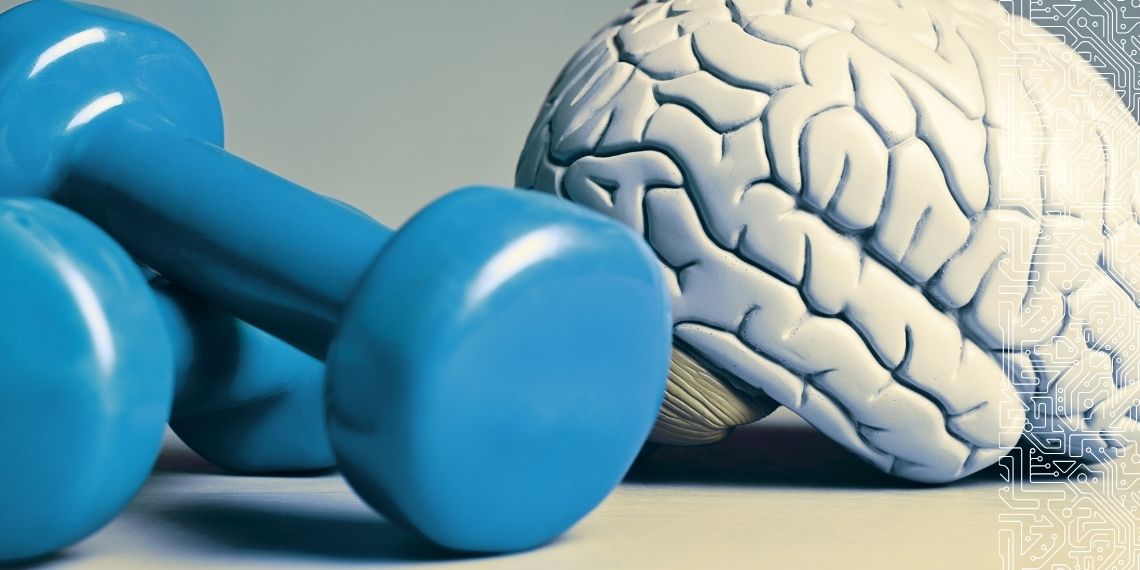The project is called IATOS and it aims to make remote physical training safer, more effective, and accessible for older adults. Led by a consortium including INESC TEC, AGIT TECH, and the University of Trás-os-Montes and Alto Douro, the initiative seeks to create a digital platform for AI-assisted physical training, specifically designed for people over 65.
Digital training platforms are not new; however, personalised guidance for seniors via a smartphone could well be the future. This includes real-time exercise monitoring, automatic posture correction, personalised feedback, and support for both synchronous and asynchronous sessions. This represents a new step in AI-assisted training, as explains Vitor Filipe, INESC TEC researcher: “there are already commercially available systems using 3D cameras or dedicated devices that were not specifically designed for seniors. The innovation of IATOS lies in using ordinary smartphone 2D cameras instead of specialised, more expensive equipment, applying advanced reinforcement learning techniques, and adapting the digital experience to the specific needs of the senior population.”
Expected outcomes include the development of AI algorithms for body movement analysis, with an emphasis on complex postures, the creation of interfaces tailored to seniors and trainers, and the design of a scientifically validated functional prototype.
“INESC TEC will play a central role in the project, developing computer vision algorithms, generating synthetic data to train AI models, co-designing interfaces, and integrating the different system components,” added Vitor Filipe.
Beyond seniors themselves, personal trainers and institutions such as care homes, gyms, and hospitals will also benefit. Indirect beneficiaries include insurers, family members, and the healthcare system, which could see cost reductions linked to insufficient physical activity in this age group.
“The multidisciplinary nature and technological accessibility of IATOS will allow us to consolidate our expertise in AI, computer vision, and human–machine interaction, always with a focus on the senior population,” emphasised Vitor Filipe.
With an eligible investment of over one million euros from the European Regional Development Fund (ERDF) via Norte 2030, the project promises to strengthen an integrated approach to the health and wellbeing of older adults.
The researcher mentioned in this news piece is associated with UTAD and INESC TEC.



 News, current topics, curiosities and so much more about INESC TEC and its community!
News, current topics, curiosities and so much more about INESC TEC and its community!